Back Top 10 things to see and do in Grado, Asturias
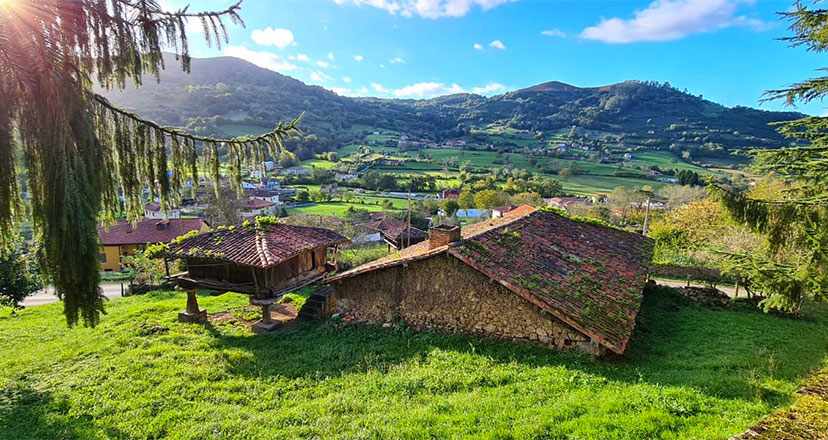
What to see and do in Grado: 10 reasons to visit it
Grado is a council of great cultural, scenic and historical richness. Here are the 10 best things to see in Grado!
Grado, a council bordering Oviedo to the west, is a land of deep-rooted traditions, which has evolved since prehistoric times, being the protagonist of memorable moments and notable historical events. For all these reasons there are many things to see and do in Grado.
The land of Moscona - a name that is the nickname proudly borne by its inhabitants - is characterised by the fertility of its fertile plains, its hydrographic wealth and the natural corridor it forms between the centre and the west of Asturias.
Grado has always been a rich land, and a crossroads of roads - the Camino de Santiago, the Camín Real de la Mesa, etc. -, which has meant that its capital, Grau/Grado, whose Town Charter was granted by Alfonso X the Wise, has been since the Middle Ages a prosperous and hospitable commercial enclave, surrounded by walls and equipped with a market.
So let's start this journey through the top 10 things to see in Grado!
This entire municipality is a remarkable cultural, ethnographic, scenic and traditional area, as well as providing you with beautiful landscapes and sensations.
Its markets and festivals, traditions that bring life to the city.
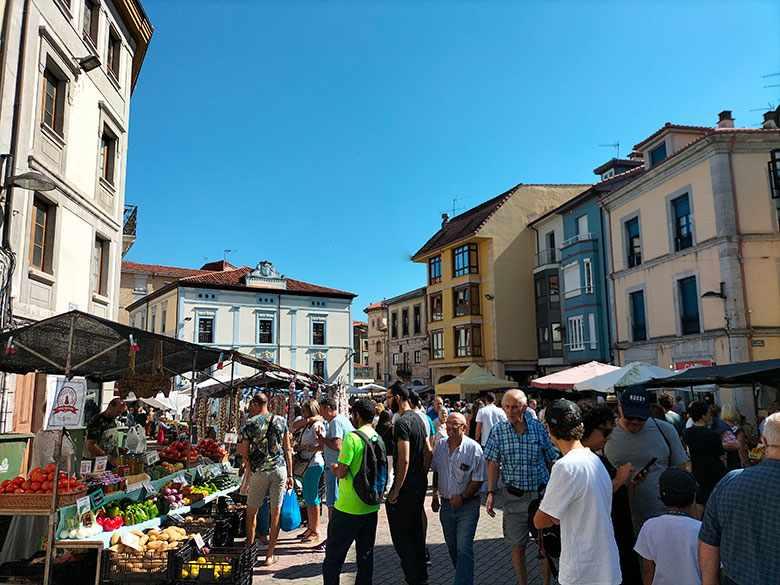
The weekly markets of Grau/Grado, which date back to the early Middle Ages, are held every Wednesday and Sunday of the year, and are one of the town's main tourist attractions. They are well known and appreciated inside and outside Asturias. They bring a lot of life to the most emblematic streets, squares and parks of the town, forming an urban and human landscape of great variety and colour. Every Sunday Grau/Grado is a real party, as thousands of visitors flock to the town to enjoy its market, shops and restaurants. On a cosmopolitan note, it is very curious to see visitors and pilgrims on pilgrimage in the same leisure area.
Linked to this hospitable and commercial sense of the town are its famous festivals known as the Flores de Grado.
The first Flor de Grado takes place on the Sunday after Easter and is one of the most emblematic markets in the town. Its curious name derives from the fact that it is the first commercial fair of the year that heralds the beginning of spring.
Six weeks after the First Flower, which has been declared a Festivity of Tourist Interest in Asturias, the Second Flower is held, which coincides with the Spring Market.
Heavenly sweets and high-end confectionery: bacon and bakeries
Grau/Grado is one of the sweetest towns in Asturias in the broadest sense of the word. The 'tocinillos de Grado ' have a well-deserved reputation and tradition, and some confectioners have been making them for over a hundred years.
This dessert, made from caramelised egg yolk and sugar, compact and bright yellow in colour, is therefore one of the area's gastronomic hallmarks, not forgetting 'escaldao' - the traditional homemade 'turrón' (nougat) which used to be made in many homes in Grado.
The whole of Grado, and especially the capital town, is a destination where quality bakeries abound, with the best confectionery. So when you take a stroll around the market, you will also be able to taste or buy some wonderful sweets.
As you savour this land, you will realise that there are many things to see and do in Grado!
Grau/Grado, a historic centre of film: architecture, history and characters
The Historic Site of Grau/Grado has been declared an Asset of Cultural Interest and there are important reasons for this. The historical area of the town preserves interesting examples of medieval architecture, as well as Indian architecture and civil buildings from the 19th and 20th centuries. A walk through this part of Grau/Grado is a journey through history.
As the town was once walled, one of the jewels within the walls is the Chapel of Dolores, an imposing Baroque building with striking interior decoration, which today is a multicultural space for concerts, theatrical performances, civil weddings, etc.
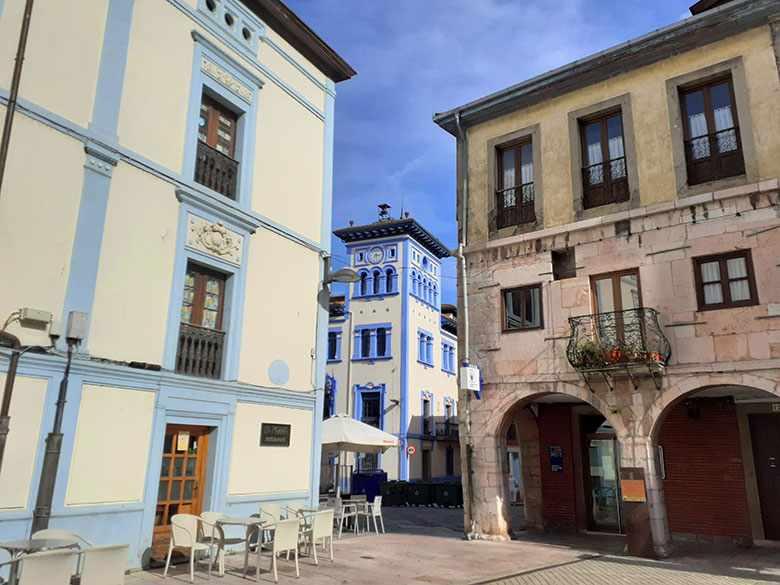
Another notable building is the Town Hall of Grado, a 19th century construction with rich mouldings and an elegant tower. Right in this Town Hall square would be one of the gates of the wall, which would give access to the current Plaza del General Ponte, the nerve centre of the famous market on Wednesdays and Sundays. In this Plaza del Mercáu there are important examples of 18th century architecture, such as the Casa de los Arcos, the Casa de Fernández Miranda and the Casa de Tejeiro.
The bandstand, the House of the writer Valentín Andrés and the cemetery are other unmissable landmarks.
In the centre of the town you will also find some sculptures that tell you what Grau/Grado was like in the past, the events that marked its life and who were some of its most important citizens.
Worth mentioning, among others, are the tribute to the market sellers, the bust of the eminent writer Valentín Andrés Álvarez, or the tribute to the Marquis of Vega de Anzo.
The Cultural Centre and the old wall of Grau/Grado
Important remains of the wall that protected Grau/Grado in the past are still visible today. And on a curious note, you should know that one of the oldest jet figurines or ciguas in the world was found in this area of archaeological importance.

Very close to the old wall is the Palacio de Miranda Valdecarzana, of medieval origin, although of Baroque appearance, due to the successive reforms it underwent during the 17th and 18th centuries.
In reality there are many things to see and do in Grado. So it is well worth a visit to this palace, which is also open all year round, as it is the headquarters of the Casa de Cultura (Cultural Centre ) of the town.
Grau/Grado indiano, a note of exoticism and colour
The Grau/Grado indiano has 7 impressive mansions, all in a good state of preservation, and all inhabited or with different uses.
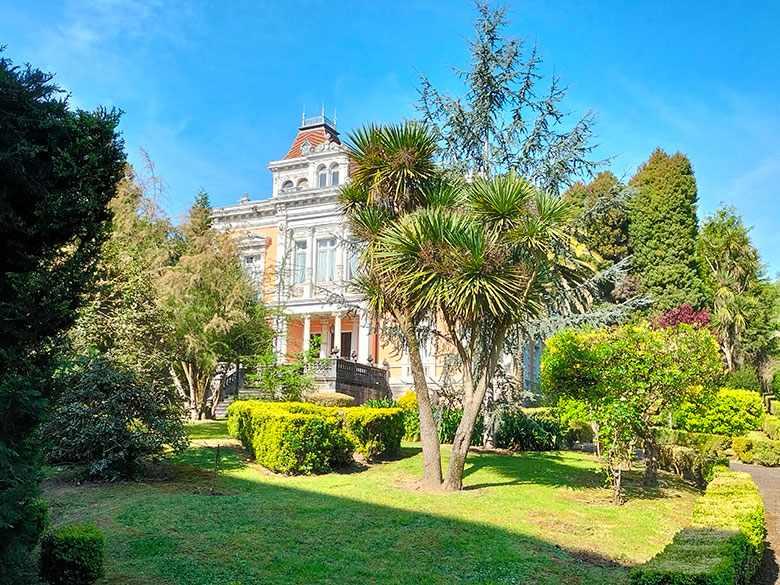
The "palacetes indianos" of the town of Moscona are also characterised by their majesty, and the concentration of all of them in the town centre is also striking. Five of them are in the same street - El Capitolio, Villa Granda, the Palacete de la familia Martínez, La Quintana and El Calabión -, and in the Cimadevilla area there are another two - the Palacete de Indalecio Corujedo and the Palacio de los Casares -.
Undoubtedly a historical and cultural heritage worth knowing!
The Ethnographic Museum of Grau/Grado
One of the most interesting cultural spaces in the council is the Ethnographic Museum of Grau/Grado, which has an important collection of nearly 2,000 original pieces and is currently divided into several sites.
The La Cardosa site, which includes the Traditional Culture Collection, and the Civil War Collection, created in collaboration with the ARAMA and Frente del Nalón associations.
The Palacio Fontela, where you can see the Grau, Villa and Mercáu Collection; History of Photography (by Corsino Fernández), and the Acordeones Collection (by Felipe Rubial).
Finally, there is the Palacio de Miranda-Valdecarzana (Casa de Cultura), which houses a traditional cider press.
The Cubia river walk
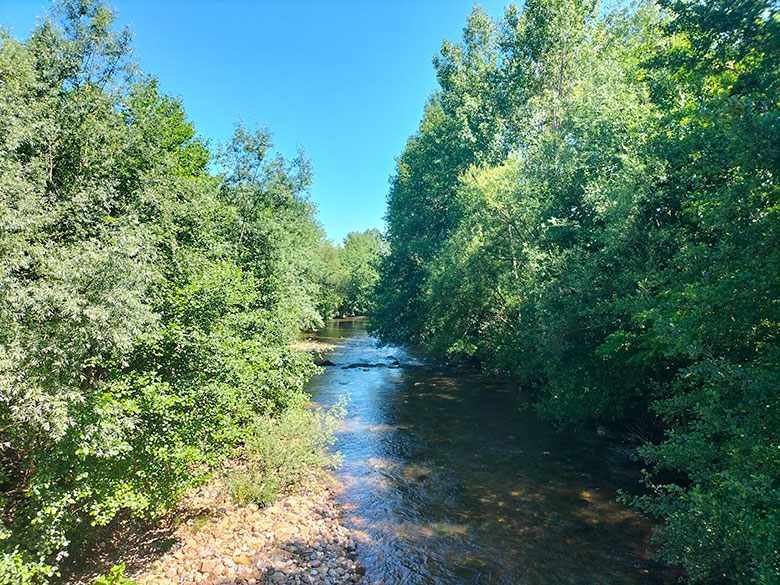
Grau/Grado is a river town par excellence, given that two important watercourses meet in its surroundings: the river Cubia and the river Nalón.
The walk along the banks of the river Cubia in the town of Grau/Grado is very easy to do for anyone, as it is a short, practically flat and circular route, and it is also well lit at night. It is also very suitable for jogging, or for walking with your pet.
The Way of Saint James in Grado
The Camino de Santiago has marked the history and evolution of the council of Grado since the birth of this spiritual route. And in fact much of the flourishing of this area is due to the Jacobean route.
Many pilgrims pass through the council every year on the Primitive Way, making a stop in the town of Moscona - which has several hostels -, or extending their stage to San Juan de Villapañada, where there is also another hostel in a privileged rural enclave. On the other hand, in Grau/Grado it is common to find pilgrims in the market, and throughout the town centre, whose Jacobean landmarks include the chapel of Los Dolores.
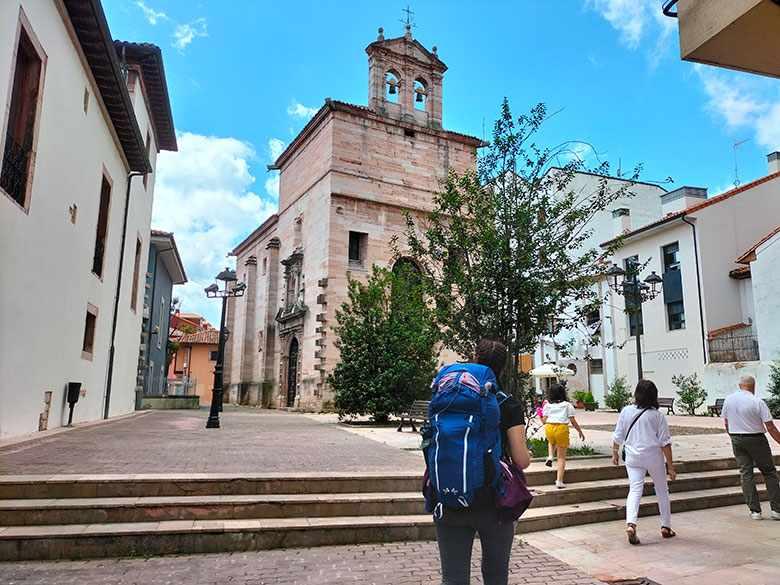
On the way to the next stage and before leaving Grado, pilgrims often visit the sanctuary of the Virgen del Fresno.
Places with magic in Grado
In addition to the lively life and history of Grau/Grado, there are truly magical places of great beauty all over the council.

This is the case of San Martín de Gurullés, an ancient abbey founded by women - which was unusual in the Middle Ages - dating from the 12th century, and whose foundation stone has an inscription that is the third best preserved in Asturias in a religious temple. It is also the best-preserved Romanesque church in central-western Asturias.
Peñaflor is also a very interesting site, with its 12th century Romanesque church, and its bridge over the river Nalón, which has seen many battles (the Carlist wars, the Napoleonic invasion, the Spanish Civil War, etc.).
Other villages such as Sama de Grado - which has an ethnographic museum -, Baselgas, Tolinas or Llantrales stand out for their cultural wealth and rural beauty.
Routes in Grado
Grado is an eminently rural council, and in it there is a proliferation of paths and therefore routes.

One of the best known is the Camín Real de la Mesa, an ancient Roman road that connected Asturias with the plateau. But there are also others such as Las Ayalgas, where you will discover real hidden treasures; that of the parish of Castañéu; that of the river Cubia, which follows the course of this river back to its source, or that of the Spelt, where you will learn about the history and importance of this cereal in pre-industrial Asturias.
After this fascinating journey, Grado will be one of those places you will always want to return to!
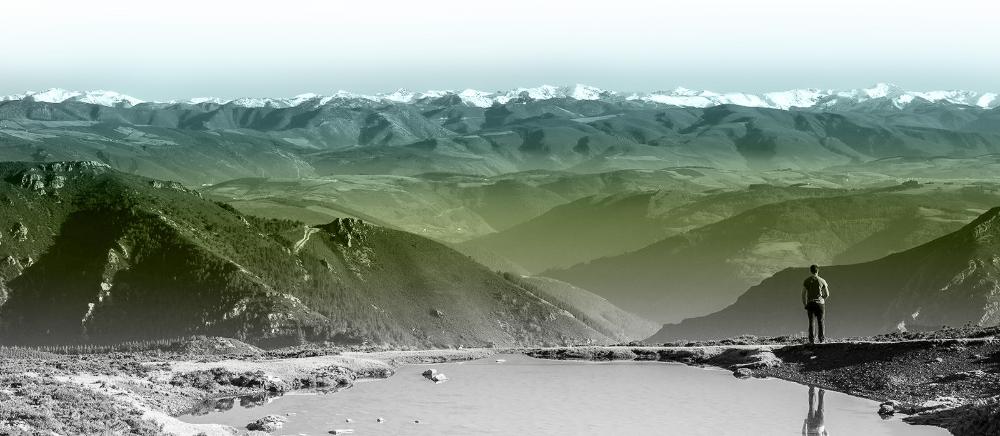
Subscribe to our newsletter and take advantage of offers, discounts, and news
Subscribe
